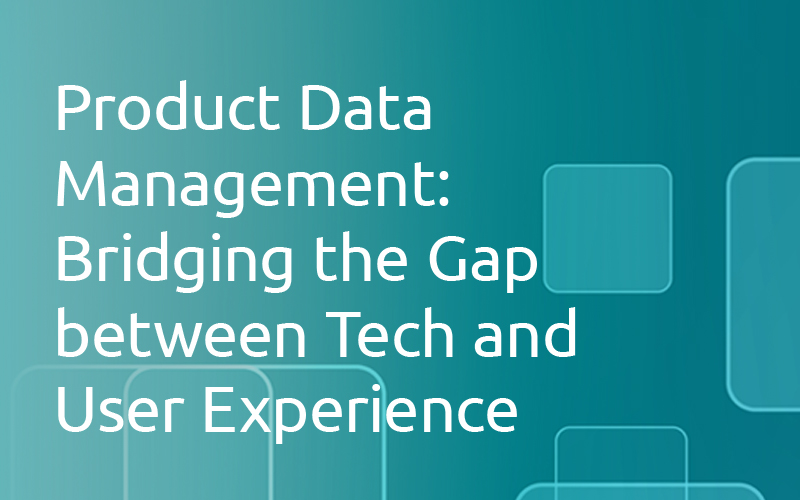In today’s competitive e-commerce landscape, the importance of effective product data management (PDM) can’t be overstated. As businesses strive to offer an unparalleled user experience (UX), the role of technology in managing and presenting product data has emerged as the foundation. This article delves into how PDM bridges the chasm between tech and UX, ensuring consumers get the best online shopping experience possible.
- What is Product Data Management?
- Defining PDM: A method to store, organize, and retrieve product information efficiently, ensuring consistency across all touchpoints.
- Core Components: Includes product descriptions, specifications, images, supplier data, and more.
- The Symbiotic Relationship Between PDM and UX
- Consistent Data: Ensures users receive the same product information whether they’re on the website, mobile app, or even a physical store.
- Faster Loading Times: Efficient data management translates to quicker page loads, enhancing UX.
- Enhanced Search and Filter: Allows users to quickly find what they’re looking for, thanks to well-structured product data.
- Technological Innovations in PDM
- AI and Machine Learning: Automatic categorization of products and predictive analysis to understand user behavior.
- Cloud Storage: Facilitates real-time updates and ensures data integrity.
- Integration with IoT: Automatic updates from devices connected in the supply chain, ensuring real-time inventory and product information.
- How PDM Enhances Decision-making for E-commerce Businesses
- Data-driven Insights: Understand which products are performing well and why.
- Inventory Management: Prevent stockouts and overstock situations.
- Supplier Collaboration: Share real-time data with suppliers for better coordination.
- Real-World Examples: Brands Excelling with PDM
- E-commerce Giant’s Success: How a renowned online retailer optimized its supply chain and improved customer satisfaction using PDM.
- Fashion Brand Turnaround: A case study on how accurate product data management can lead to a surge in online sales.
- Challenges in Implementing PDM and Overcoming Them
- Data Silos: Ensuring integration across different departments.
- Keeping Up with Tech: Continually updating systems to incorporate the latest in PDM tech.
- Training and Onboarding: Ensuring all team members are adept at using new PDM systems.
- The Future of PDM and UX
- Virtual Reality (VR) and Augmented Reality (AR): Integrating product data with VR and AR for immersive shopping experiences.
- Personalization 2.0: Using product data to offer hyper-personalized shopping experiences, from product recommendations to individualized promotions.
Product Data Management is not just a behind-the-scenes technical tool; it’s the backbone of an exceptional user experience in the e-commerce realm. By bridging technology with the tangible aspects of shopping, PDM ensures businesses stay ahead in the digital race.
Enhance Your E-commerce Strategy with Superior PDM
Are you ready to redefine your e-commerce strategy and enhance user experience with the best in Product Data Management solutions? Connect with our team at Retail Taxonomy today and explore how PDM can revolutionize your online business.
 1.416.619.5349 Ext.325
1.416.619.5349 Ext.325 







